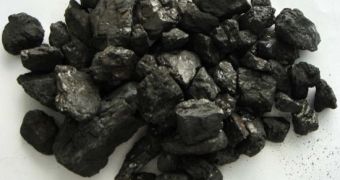Yesterday's online edition of the journal ACS Nano witnessed the publication of a new study stating that, based on previous long-term laboratory work, a team of scientists working with the Stanford University succeeded in developing the world's first all-carbon solar cells.
As these researchers explain, the main drive behind their decision to look into the possibility of using just carbon to manufacture fully functional solar cells is the fact that, unlike the materials used to manufacture run-off-the-mill photovoltaic installations, carbon is both highly efficient and relatively cheap.
Author Zhenan Bao, presently employed as a professor of chemical engineering at Stanford University, made a case of how, “Carbon has the potential to deliver high performance at a low cost.”
Science News explains that the solar cell designed and manufactured by these researchers basically consists of one photoactive layer made of carbon nanotubes and “buckyballs,” which was carefully “tucked” between two electrodes.
These electrodes are also made of graphene and carbon nanotubes, and these Stanford scientists claim that this is the first time someone looked into the possibility of putting carbon-based photoactive layers and carbon-based electrodes together.
Stanford graduate student Michael Vosgueritchian commented on this innovative design as follows: “Every component in our solar cell, from top to bottom, is made of carbon materials.”
Furthermore, “Other groups have reported making all-carbon solar cells, but they were referring to just the active layer in the middle, not the electrodes.”
According to the same source, this team of researchers is now busy conducting various laboratory experiments in an attempt to determine which carbon nanomaterials are more efficient when it comes to absorbing light and therefore worthy of being used once this technology moves to large-scale production.
“Roughness can short-circuit the device and make it hard to collect the current. We have to figure out how to make each layer very smooth by stacking the nanomaterials really well,” professor Zhenan Bao commented with respect to their plans for the future.

 14 DAY TRIAL //
14 DAY TRIAL //